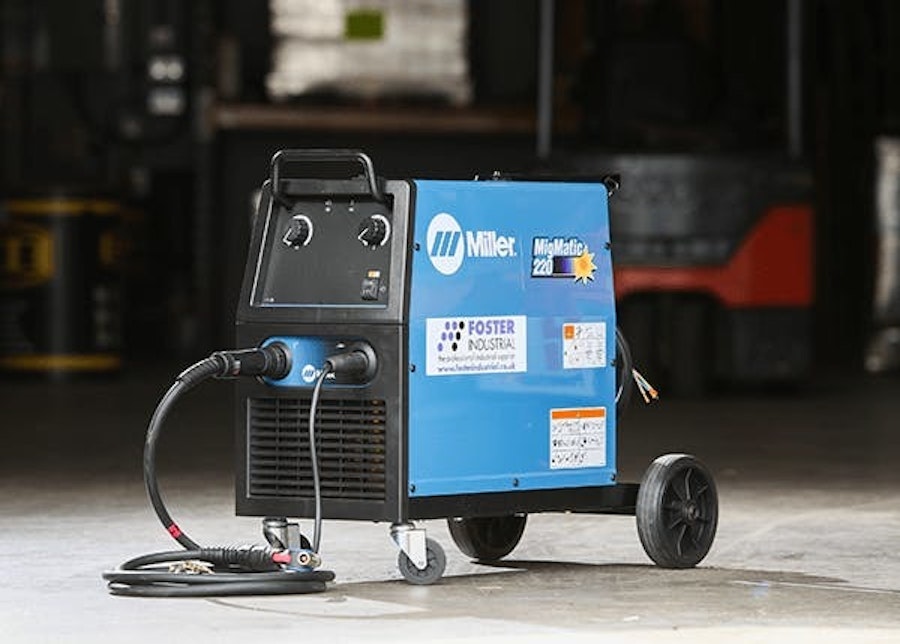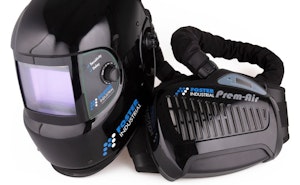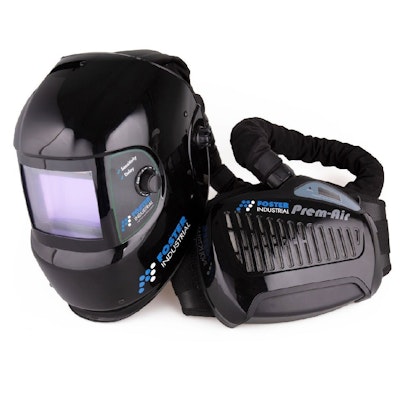Setting up a MIG welder
What is MIG Welding?
It’s an electric fusion welding process where the mains AC voltage is stepped down and changed to DC. Electricity charges a selected filler material and passes through it. As the wire electrode touches the surface of the welded joint resistance heating and short circuiting takes place up to 200 times per second, generates a local temperature of 6500˚C, local current values and raises the temperature of the materials locally. A shielding gas provides an atmospheric free environment to allow the heating and solidification of the materials. This happens the whole time that welding takes place.
This short circuiting effect is known as DIP TRANSFER and is used extensively to weld steel, stainless steel and their alloys in all positions on thicknesses up to 10mm.


MIG welding sounds easy….but is it?
First Steps
- Select your filler material/welding wire
- Select your shielding gas
- Switch everything on & start welding. Not quite
It takes practice and a lot of understanding. There are some fundamentals that we need to understand about welding and about your MIG welding machine.
As metal gets thicker more heat input needs to be created through the wire. Heat input is measured as welding current (amperes). Welding current is a result of correctly setting the voltage locally via the machine and the wire feed speed. Set these correctly so that the burn off rate sounds like 'bacon frying' and you have the resulting welding current. This sound is synonymous with the dip transfer mode of metal transfer. Volts and wire feed speed are affected by the type of filler material (wire) selected, the size (diameter) of the selected wire, the shielding gas and the welding position.
Knowing your MIG machine
There are two types of MIG welding machines:
- Step voltage - MIG machines are generally more prevalent than synergic models. They are relatively inexpensive, readily available and require low maintenance.
- Synergic - MIG sets are increasingly coming to the fore as they are lighter in weight, easier to set up & offer fantastic results when welding stainless & aluminum


Step Voltage MIG Machine Set Up
Lesson 3: Setting up a MIG welder
Your machine panel on the front will have an ON/OFF switch, a voltage range selector either LOW/HIGH or 1 or 2, a wire feed speed control and perhaps a trigger latching selector that will show as 2T, 4T or spot welding.

*Image shows:
- Top left: wire feed speed
- Bottom left: Voltage range 0 = LOW, 1 = HIGH
- Bottom right: 6 positions for adjusting between the low and high ranges
For example, you can select 0 to 6 within the low range and 1 to 6 within the high range. If you have the switch latching option, selecting 2T requires you to press and hold the switch to maintain welding and to let go to stop welding. The 4T option allows you to press and let go to start the welding and to press the trigger again to stop the welding. You do not need to hold the switch using this option.

*Image shows:
- Top: Volts
- Middle: Amps
- Bottom: Wire feed speed
This panel is clearly more modern than the first panel and includes volt meter and ammeter. Set them correctly so that the bacon is frying and they will weld in exactly the same way and you will be operating within the dip transfer mode of metal transfer.
Now, complete some test welds with your MIG machine to find the optimum settings. What needs to be understood is that they both work in the same way To do this you require some metal of different thicknesses, wire of different diameters and some shielding gas.
Testing the weld parameters
Select some metal to weld and remove any paint, grease, rust or oil from the surface by using rags, a wire brush, or a grinder with a sanding pad.
Select a wire for the metal you have and try to set the welding parameters (volts, wire feed) so that you recreate the dip transfer 'bacon frying' sound. Use the blank chart to record your settings, work your machine through its complete range of settings and make your comments.
For example, note what happens if you have too much wire and not enough volts, or too many volts and not enough wire. Try welding with no gas and comment.
IMPORTANT NOTE : During welding, the wire extension (the distance from the end of the contact tip to the end of the wire) needs to be kept at 10mm to get the best performance from your selected welding parameters.


Shop Mig Welding
RECOMMENDED
MORE ON MIG WELDING
01509 509269






















